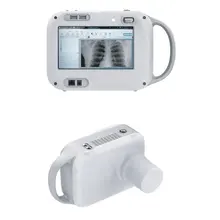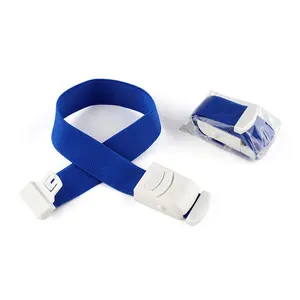Understanding Reusable Tourniquets
Tourniquets are vital medical devices used to control venous and arterial circulation to an extremity for a period of time. The reusable tourniquet is a specific category designed for multiple uses, offering a sustainable option in medical settings. These devices are commonly crafted from durable materials that can withstand repeated sterilization processes, ensuring safety and functionality over time.
Types and Classifications
There are various types of reusable tourniquets available, classified based on their mechanism of action and the level of pressure they provide. Class I devices are generally manual, requiring physical manipulation to achieve the desired pressure. Class II and Class III devices may offer more advanced features, such as electrical or hydraulic systems, to ensure precise pressure control and patient safety.
Applications in Medical Settings
Reusable tourniquets are utilized in numerous medical procedures, from routine blood draws to complex surgical interventions. Their primary function is to restrict blood flow, which can be crucial during operations to provide a clear view of surgical sites or to minimize blood loss. These devices are also integral in emergency medical situations to prevent excessive bleeding.
Features and Materials
The design features of reusable tourniquets often include a focus on user-friendliness and patient comfort. Materials range from high-grade synthetics to composites that are selected for their durability and ease of cleaning. Some models are equipped with quick-release mechanisms to ensure rapid removal, while others may have padded straps to enhance patient comfort during prolonged use.
Advantages of Reusability
The reusability aspect of these tourniquets not only contributes to cost-effectiveness but also aligns with eco-friendly practices by reducing medical waste. The robust nature of reusable tourniquets means they can serve reliably in various medical environments, from hospitals to field operations, without the need for frequent replacement.
Selection Considerations
When selecting a reusable tourniquet, considerations may include the device's ease of use, the level of pressure it can exert, and its adaptability to different limb sizes. It is also important to consider the support options available, such as onsite training for proper application and the availability of spare parts for maintenance.
































 浙公网安备 33010002000092号
浙公网安备 33010002000092号 浙B2-20120091-4
浙B2-20120091-4